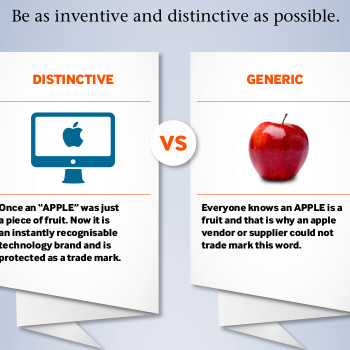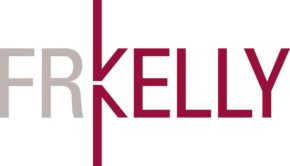Make your mark in business!

Deirdre Kilroy and Jane O'Grady of LK Shields have designed an infographic to easily explain the steps for trademarking a product. They further explain to ShelfLife the steps one must go through in different regions to maintain your trade mark
12 March 2015
Why do you think it’s important for a brand to have a trade mark?
Brands are prized business assets and are more valuable as registered trade marks. Trade marks are crucial to protecting and promoting businesses’ goods and services and trade marks are a driving force behind their commercial success.
Most businesses have a key brand which they will invest in to establish consumer recognition of their service or product and brand loyalty. This investment creates a valuable business asset. It can be sold, licensed and mortgaged. Many brands are capable of being registered as trade marks. Trade marks may be words, colours, logos, sounds or slogans. In order for a brand to be registerable as a trade mark, it should be distinctive. It cannot be descriptive of the goods or services it is used for. A registered trade is a valuable intellectual property right. Its owner enjoys exclusive rights to use the trade mark in connection with classes of goods or services. A registered trade mark owner also has legal rights to prevent others using the trade mark for those classes of goods or services without its consent, and to be compensated for unauthorised use.
When you choose a trade mark, how do you go about conducting a search for other trade marks with the same name or logo?
Searches should be undertaken before applying to register a trade mark. Most trade mark registers are freely available to search online but it is best to use a professional search company. There are a lot of issues to consider when searching, including which territories and classes to search for. Products and services are categorised under 45 different trade mark classes. If someone else has a trade mark registration for the mark that is identical or very similar to the mark you want to use and registered in classes of goods or services that you are interested in, you may be legally restrained from using that mark. There may also be unregistered trade marks identical or similar to the one you want to use and these unregistered rights could affect your rights to use the trade mark.
Can you register a trade mark for a specific jurisdiction or is it universal?
You can apply for trade marks in individual jurisdictions. In the European Union (EU) you can apply for a Community trade mark (CTM) which gives trade mark protection in all member states. When you have registered a national trade mark or a CTM, you can use that trade mark registration as a basis to apply for trade mark registration in over 90 countries by making a single application to the World Intellectual Property Organisation (WIPO), designating the countries in which you intend to use your trade mark.
How long do you generally have to wait to see if anyone objects to your name or logo?
Once a trade mark has been accepted by a national trade mark office as capable of being registered, it will be advertised for a specific period to allow anyone who wants to oppose the registration of the trade mark to be able to do so. Oppositions will only be successful if they comply with specific rules. There is no single opposition period that applies worldwide. In Ireland and the EU interested parties have three months to decide whether to oppose a trade mark application but some other countries have longer or shorter opposition periods.
How much does it cost to register a trade mark?
In Ireland there is a registration fee of €177 plus €70 per class in a trade mark application. A similar fee structure is applied for CTMs. OHIM, which registers CTMs, charges €900 for three classes and €150 for each additional class. Professional fees for lawyers or trade mark agents will vary and will be dependent on whether the application is straightforward or encounters an opposition.
How long does a trade mark last?
Trade marks have the potential to be perpetual so once a trade mark is properly registered it is capable of never expiring. However, trade mark registrations need to be renewed periodically in order for the trade mark holder to retain the registered rights. The renewal period varies across jurisdictions. In Ireland and the EU trade marks must be renewed with the official office every ten years.
Can you explain how you go about getting a licence?
A trade mark licence is an agreement between a trade mark owner and another person whereby the trade mark owner permits that person to use its trade mark, often subject to conditions (e.g. in exchange for payments). To be fully effective and enforceable a licence of a registered trade mark should be in writing, signed by or on behalf of the trade mark owner and recorded with the Patents Office.



 Print
Print



Fans 0
Followers